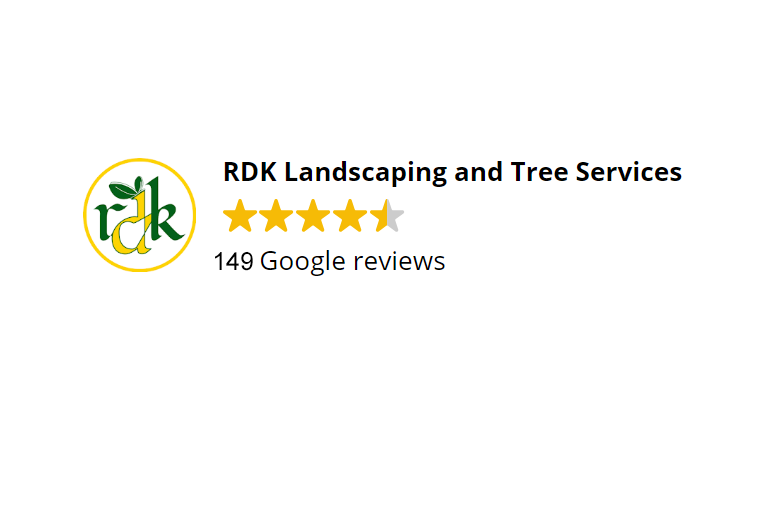Spring is fast approaching and the snow on the ground is finally starting to melt. But what is that pink grass? While this discoloration shouldn’t set off alarm bells, you don’t want to ignore the problem either. These patches are a sign of turf pink tongue disease.
When you start seeing pink eye mold in your yard, you can blink twice and think you’ve seen the spots. Unless you hit your head, the spots you see are probably grass disease.
Patches of pink snow mold usually start small and grow as the cold, wet weather continues. The patches appear gray, tan, or light pink and contain a white center. The grass within these patches is usually matted and pinkish. Another major symptom of pink eye fungus is white-pink, downy mycelium that develops on infected lawns in moist environments.
Which grass types are susceptible to pink snow mold?
Growing warm season grasses such as Zoysiagrass or bermudagrass do not cause pink snow mold. This disease infects almost all cold-blooded grasses. Annual bluegrass, fescue, perennial ryegrass and creeping bentgrass are the mos vulnerable grass types. Kentucky bluegrass and fine-leaved fescue are the most vulnerable.
What causes pink eye mold?
The fungus that causes pink eye mold is Microdochium nivale. Symptoms occur in late winter or early spring, but can also appear in late fall if conditions are right. The disease prefers temperatures between 30- and 60-degrees Fahrenheit. Pink eye typically infects leaves, but severe Microdochium nivale infestations can rot crowns and kill turf.
The disease develops on unfrozen ground under deep snow, where it remains on lawns for a long time. The longer the snow accumulates, the longer the disease is exposed to favorable temperatures and the insulating effect of the snow, leading to more serious infections. You don’t notice the first signs of illness until the snow melts.
Pink snow blight can still develop in cold, wet conditions for extended periods of time even without snow cover. When pink eye fungus develops in the absence of snow cover, it is commonly referred to as a Microdochium patch.
But you don’t have to live in the North Pole to grow this disease in your yard. A cold environment is essential for the disease to develop, but lawn care practices also affect the success of pink snow mold.
✓ Tall grass
✓ High level nitrogen fertilizer
✓ Poor soil drainage
✓ Grass seeds planted in the fall do not mature before winter
✓ Excessive thatch
Here’s what you need to do:
✓ Remove snowdrifts. Leaving snow on your lawn for too long creates an environment for mold to grow.
✓ Rake the affected area to break up tangled grass, remove excess thatch and increase air circulation.
✓ Avoid using high-level nitrogen fertilizers. Remember, pink eye mold likes high nitrogen levels.
✓ Remove pink eye mold from your lawn and you’ll never want to go through the hassle
again. The good news is that disease recurrence can be prevented by taking lawn care
measures. This may mean putting a little extra effort into your lawn care routine, but it will at least mean less time sweating over mold.
✓ Avoid excessive nitrogen fertilizer application in the fall.
✓ Mow until late fall to keep tall grass free of snow. Keep the mowing height low, but not too low to mow.
✓ Remove snowdrifts from lawns. Strategically placed snow fences and windbreaks can help reduce snowdrifts.
✓ Supervise your lawn with grass varieties that are resistant to pink eye blight.
✓ Remove excess thatch from your lawn.
✓ Collect autumn leaves.
✓ Reduce snow compaction from skis and snowmobiles. Compacted snow can take a long time to melt.
Pink eye isn’t the only fungal disease that can infect your lawn. You may need to make some adjustments to your lawn care if you’re concerned about other turf diseases that are destroying your lawn.
Lawn disease is often prevalent on stressed and weak turf. That’s why the best way to prevent mold growth is to keep your lawn healthy and well-maintained.
The following lawn care treatments are excellent ways to encourage a strong, disease-resistant turf. Giving your yard a little TLC will take time and energy, but in return your lawn will have a nice, mildew-free appearance.
Remove leaves and other debris from your lawn. Grass debris provides the perfect refuge for fungi to remain dormant.
Mow your lawn regularly. Never cut more than 1⁄3 of a blade of grass at a time. Cutting too many at once will stress you out and weaken your lawn. Don’t mow too low enough to cut the lawn and don’t let the grass grow too high.
Leave the forked pool behind. A layer of clipped grass acts as mulch by retaining moisture and adding nutrients to the soil. However, you should not be mowing when your lawn is infected with a fungal disease otherwise the infection may spread.
Carry out proper irrigation practices. Many fungal diseases thrive when leaves remain wet for extended periods of time. Water in a timely manner to minimize wetting of the lawn. The best time to water your lawn is before 10am. Do not water the lawn in the evening. Otherwise, water will remain on your lawn overnight, attracting pests and disease.
Invest in a sprinkler system. An automatic sprinkler system may be required if it is difficult to maintain a watering schedule. The sprinkler system applies an even water level throughout the yard and meets the exact moisture requirements of your lawn.
Plant grass seeds that are disease resistant and suitable for lawns. The type of grass you plant in your yard should match the local climate.
Ask your local lawn care professional about the best grass types to grow in your area, including disease-resistant varieties. If you don’t plant the right kind of grass for your lawn, it won’t grow well.
Test your soil and add your fixes. A healthy lawn needs healthy soil. Do a soil test to see what nutrients are missing from your soil. Fertilize the lawn. Many turf diseases favor lawns with disproportionate levels of fertility. Create a fertilization regime that provides the right level of nutrients to your lawn at the right time.
Aerate the compacted soil. Compacted soil prevents oxygen, nutrients and water from reaching the roots, weakening the turf. Aerators create small holes in the ground to relieve compression. Remove straws that are more than 1⁄2 inch thick. Thatch is dead organic matter that builds up between the soil and grass. A few fungal diseases remain dormant in thick thatch.
Supervised the lawn. The secret to maintaining a dense green lawn is daily supervision. If you don’t plant new lawn seeds, your yard will start to thin out and develop patches.
Remove existing weeds. When weeds overgrow your yard, your lawn must compete for nutrients, sunlight, moisture and space. Save your lawn from this stress by removing weeds with post- emergence herbicides or pulling by hand.
Pre-spray emergency weed killer. Post-emergence herbicides target existing weeds, while pre-emergence herbicides prevent weeds from establishing. Control grubs and other pests. Grubs live just below the soil surface and eat away at the roots of your lawn, weakening it.
Spread a 1⁄2-inch layer of compost on your lawn. Compost provides nutrients to your yard. You can spread compost dressing with a rake or brew compost tea and spread it over your lawn.
Chemical control. Fungicide treatment is often more effective as a preventive measure than a curative measure. If your turf is susceptible to fungal infections despite enhanced turf care, the use of a prophylactic fungicide may help.
What other turf diseases can infect my turf?
Straw removal, lawn mowing, fertilizer application – what turf diseases can these treatments
prevent? The healthier your lawn, the more resistant it is to diseases such as:
✓ Anthrax
✓ Brown patches
✓ Dollar spot
✓ Fairy ring
✓ Gray eye fungus
✓ Fusing with leaves
✓ Powdery mildew
✓ Red thread
✓ Rust
✓ Summer patch
What if I cannot identify mold on my lawn?
It’s not always easy to identify mold growing on your lawn. Some turf diseases have similar symptoms and some can only be diagnosed under a microscope.
Accurate identification is essential. Misidentification of a fungus can led to treatment that does not affect the specific fungus. Infestations can get worse and potentially kill your lawn.
If you cannot identify a turf disease, contact a diagnostic laboratory or turf pathology laboratory for assistance. This laboratory specializes in turf disease diagnosis. You can find it at your local state university.
Leave your pink lawn to the professionals
Scraping pink snow mold off your lawn is probably the last thing you want to do over the weekend. Weekend priorities while the family plays indoors or pink snow mold? If a fungus treatment doesn’t sound like a well-spent weekend, turn the job over to the pros.
Hire a local lawn care professional to handle the job. Even better, a professional can help prevent turf disease year-round with weekly mowing, fertilizing and thatch removal. A professional can keep your lawn healthy and germ-free.
Get In Touch:
Contact us about your project ideas and our team will be in touch with you within 24 hours! We are in the business for over 5+ years and Buffalo’s Top Rated.
RDK Landscaping – For more inspiration, visit our site.
Experts in tree removal, stump demolition, stump removal, tree trimming, tree mulching, tree pruning and emergency tree removal in Buffalo, NY!
Read our Reviews!!

 Todd Wilhelm2024-10-01Had sod installed at my house in Amherst. Job done very quickly and well. Highly recommended. Will be using them again for spring 2025 project.
Todd Wilhelm2024-10-01Had sod installed at my house in Amherst. Job done very quickly and well. Highly recommended. Will be using them again for spring 2025 project. Md Mia2024-09-27RDK Tree Service removed a large maple by the power lines. It was definitely not a easy job. They did the job safely and did it rather quickly. I will definitely recommend them for your tree services.
Md Mia2024-09-27RDK Tree Service removed a large maple by the power lines. It was definitely not a easy job. They did the job safely and did it rather quickly. I will definitely recommend them for your tree services. Bike Lover2024-09-27Residing in Buffalo NY, and needed to remove a large tree in the backyard and front yard. The crew did a fantastic job with removing it along with the stump. We are so impressed. Thank you RDK!
Bike Lover2024-09-27Residing in Buffalo NY, and needed to remove a large tree in the backyard and front yard. The crew did a fantastic job with removing it along with the stump. We are so impressed. Thank you RDK! selvachandran saravanan2024-09-25Did a job here in my rental property in Amherst of removing two 60-70ft pine trees with stump removal and prepped an area for parking. RDK Landscaping is the one you should go to with your tree and landscaping/hardscaping needs. They are just the best overall!!
selvachandran saravanan2024-09-25Did a job here in my rental property in Amherst of removing two 60-70ft pine trees with stump removal and prepped an area for parking. RDK Landscaping is the one you should go to with your tree and landscaping/hardscaping needs. They are just the best overall!! jackary Rootis2024-09-24I highly recommend them. Great crew, Super easy to work with. They’re doing a great job out here in East Amherst. Not only did I use them, but my neighbor and their son did as well and we couldn’t be happier.
jackary Rootis2024-09-24I highly recommend them. Great crew, Super easy to work with. They’re doing a great job out here in East Amherst. Not only did I use them, but my neighbor and their son did as well and we couldn’t be happier. DIANE Abram: Toot-Toot Daycare2024-09-21I hope these pictures speak for itself. I had called couple of companies to my property in Northampton, Buffalo, but only RDK Landscaping had come out so quick to give a quote for a project we started and couldn’t finish. They were so quick, efficient and had completed the project in about 2 days. They did a beautiful job, and answered all my questions throughout the entire process. I am so very thrilled about the results and could not recommend more! They are doing wonderful projects.
DIANE Abram: Toot-Toot Daycare2024-09-21I hope these pictures speak for itself. I had called couple of companies to my property in Northampton, Buffalo, but only RDK Landscaping had come out so quick to give a quote for a project we started and couldn’t finish. They were so quick, efficient and had completed the project in about 2 days. They did a beautiful job, and answered all my questions throughout the entire process. I am so very thrilled about the results and could not recommend more! They are doing wonderful projects. Dan Duggan2024-09-19RDK Landscaping did an amazing job! We had 8 dead ash trees at our property in Clarence that needed to be taken down given their proximity to the house and garage, in addition to two trees close to the power lines. I was very impressed with how quickly Roy and his team responded, came out to the property and got the job done. I would highly recommend them!
Dan Duggan2024-09-19RDK Landscaping did an amazing job! We had 8 dead ash trees at our property in Clarence that needed to be taken down given their proximity to the house and garage, in addition to two trees close to the power lines. I was very impressed with how quickly Roy and his team responded, came out to the property and got the job done. I would highly recommend them! Andres Martinez2024-09-14Everybody at RDK Landscaping was a pleasure to deal with, we had a big project with them to clear up some really overgrown gardens beds around our garage, they went above and beyond making our space useable again. Once the project was complete they made sure to clean everything up and even cleared some weeds we had on our driveway that we hadn’t even mention to them. Can’t recommend them enough and will be calling them first for any future landscaping projects.
Andres Martinez2024-09-14Everybody at RDK Landscaping was a pleasure to deal with, we had a big project with them to clear up some really overgrown gardens beds around our garage, they went above and beyond making our space useable again. Once the project was complete they made sure to clean everything up and even cleared some weeds we had on our driveway that we hadn’t even mention to them. Can’t recommend them enough and will be calling them first for any future landscaping projects. Esther Guess2024-09-12The guys were quick and effective at getting all that ivy down. Great work!
Esther Guess2024-09-12The guys were quick and effective at getting all that ivy down. Great work!





